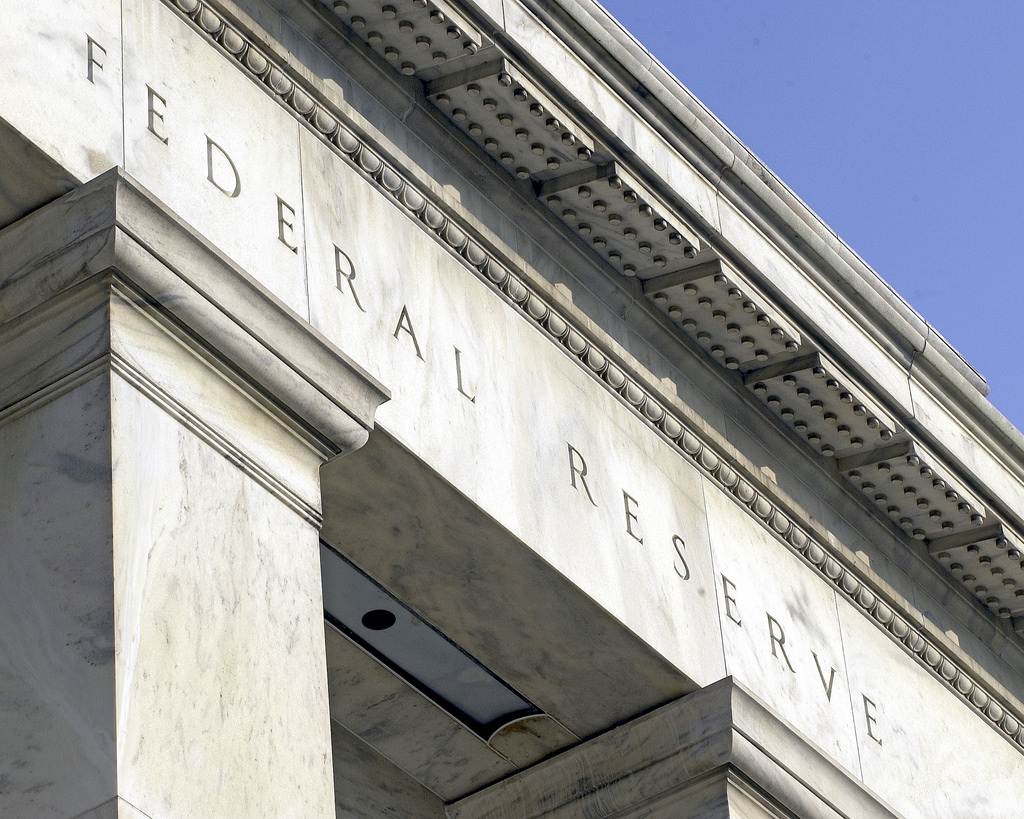Swissquote Bank: Fed to the rescue. Go out and buy.
Swissquote Bank: Fed to the rescue. Go out and buy.

By Ipek Ozkardeskaya, Senior Analyst at Swissquote Bank
The Federal Reserve (Fed) announced on Monday to enlarge its scope of asset purchases, now including corporate debt under its Secondary Market Corporate Credit Facility. So far, this program allowed buying ETFs, from now on, the Fed will also buy a diversified portfolio of individual corporate debt.
We do not know yet if the Fed’s so-called corporate bond index would be made public – which we doubt given that it would trigger a rush toward the bonds of companies being part of the index, but the details of how the Fed would implement its strategy is clear. This means that the Fed has found a way to come directly to the rescue of distressed companies.
Fed buying corporate debt means that companies will have lighter liabilities against their debt holders and a clearly reduced risk of bankruptcy for their shareholders.
Of course, the Fed’s plans to buy individual corporate debt has been mouth-watering for equity investors, who rapidly put aside the mounting worries of a second wave Covid-19 contagion. The Fed proved once again that it has illimited resources to prevent a market sell-off and to keep asset prices artificially bloated for the sake of the economy. It feels almost like there is nothing to fear for investors; most of the default risk is now shouldered by the Fed. So yes, there is a clear message sent to the market here, go out and buy all you can afford.
In this respect, even Hertz was approved to raise up to 1 billion US dollars of new equity by selling shares to public last week, while it was bankrupt.
US indices reversed early losses and closed Monday’s session in the green.
US futures soared in the overnight trading session. Dow (+1.85%), S&P500 (+1.43%) and Nasdaq futures (+1.16%) hint at a bullish run on Tuesday.
Asian equities recorded strong gains. Stocks in Australia rallied up to 4.30%, the Nikkei jumped 4.17% and the Hang Seng gained 2.95%.
Activity in FTSE (+2.50%) and DAX futures (+3.00) point at solid gains in Europe as well.
The US dollar was offered along with the US treasuries. The 10-year yield rebounded to 0.75% as investors rushed to equities and corporate bonds. The US dollar index slipped below the 96 mark.
The G10 currencies surfed on the weaker dollar.
The EURUSD rebounded to 1.1350 and is probably set to clear its last week resistance at 1.1422 on a globally improved risk appetite and test the 1.15 offers. Data-wise, the German consumer price data confirmed 0.1% m-o-m deflation in May, but the ZEW survey in Germany and Europe should better the euro investors’ mood by printing a significant improvement in June. And even bad data will hardly deter the risk rally fueled by the Fed.
Cable is also powered by a substantially weaker US dollar. The GBPUSD could extend gains toward the 1.30 mark on the back of an accelerated US dollar depreciation. Released this morning, the mixed employment data had little impact on sterling. The unemployment rate surprisingly remained unchanged at 3.9% in April, as the British economy added 6K jobs in the three months to April. But the average earnings were hit more than expected and the jobless claims rose more than half a million in May, more than the analysts’ forecasts.
More importantly, there may be light at the end of the long tunnel of Brexit negotiations. Johnson said on ITV that he sees a bit of ‘oomph’ in the negotiations. The surprise news that the talks may lead to an exit deal should give an additional boost to the tactical purchases in sterling. Anyway, it is not a good time for the pound bears to enter a market highly shaken by a global USD sell-off. Therefore, the positive market vibes should allow investors to light-heartedly explore the hope that the UK may find a way to strike a deal with the EU to avoid a no deal exit by the end of this year.
WTI crude traded a touch below $38 per barrel, but the Fed influence could remain short lived in oil markets as more monetary intervention won’t necessarily, and immediately fuel the global oil demand. Therefore, the rising risk of a second-wave contagion could cap the upside potential before the $40 mark.
Gold remains stoic faced with the latest developments. The risk rally that we are seeing right now doesn’t reflect investors’ sincere trust in risk assets, but their faith in the Fed’s capacity to boost the risk sentiment under any circumstance. But the perception of a reduced risk in corporate bonds and improved US yields will likely cap the gold’s upside potential before the $1750 per oz. The $1700-support should soon come under a decent pressure.
